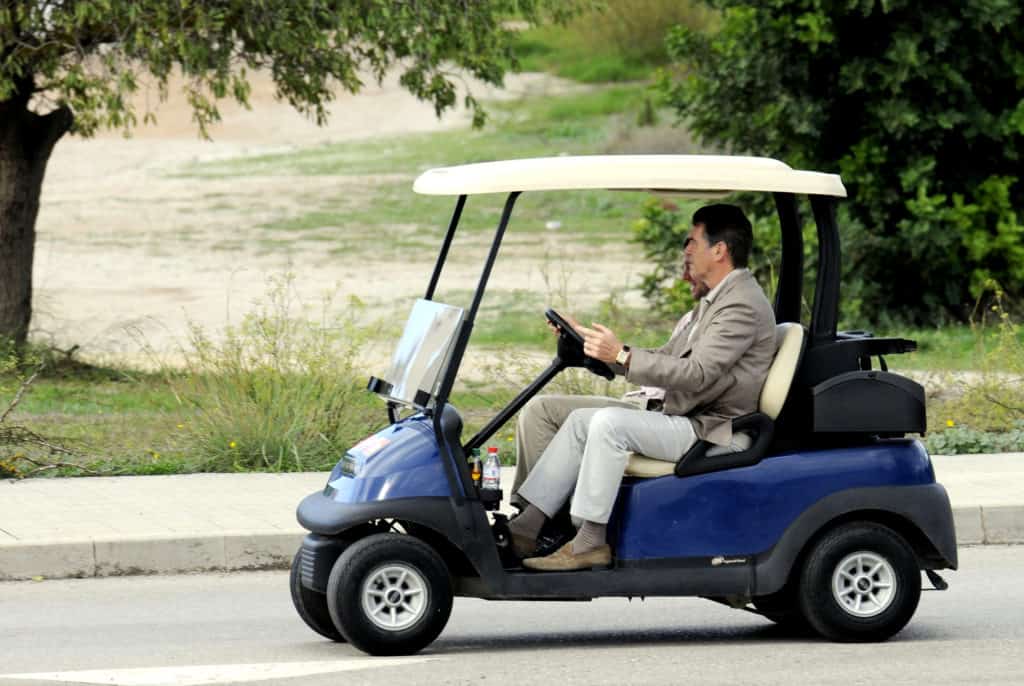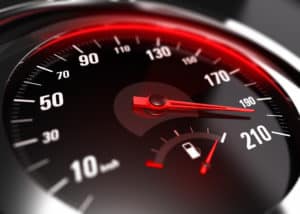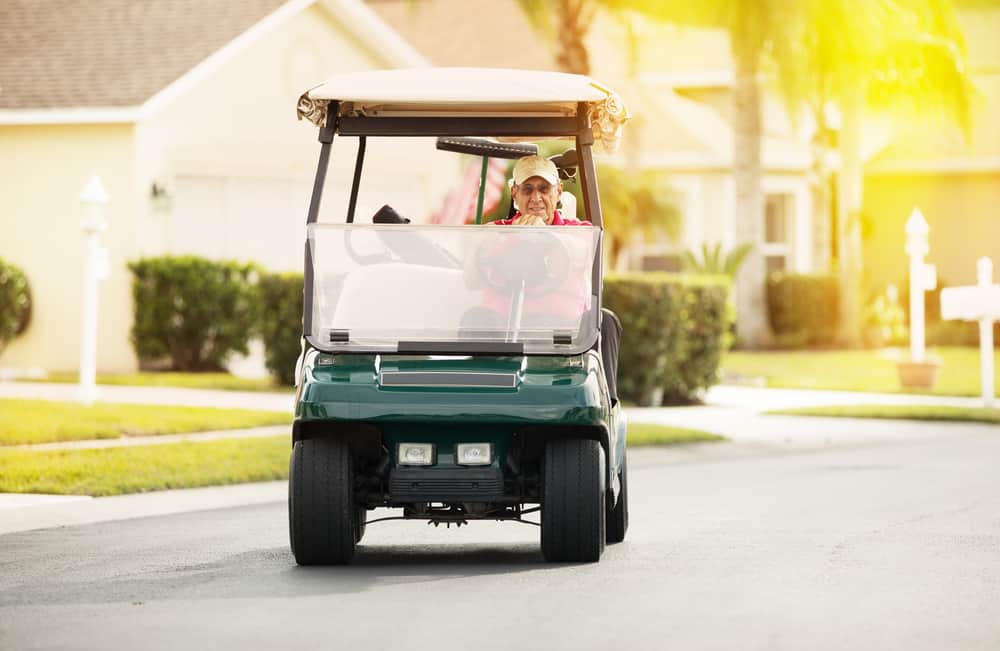
A typical golf cart has many different parts and meters that you may not fully understand.
This factor is something that can affect your maintenance ability or trigger other types of confusion.
Thankfully, it isn’t too hard to understand the speed sensor.
This part of your cart is a relatively simple one and rarely runs into any issues.
And when it does, repairs aren’t that hard to perform, even if you don’t have a lot of experience with golf carts, auto mechanics, or other types of everyday repair situations.
How Does A Speed Sensor Work On A Golf Cart?

The name of this part says it all about what it does for a golf cart – it detects the speed.
However, there is more to this part than that simple element.
First of all, a speed sensor is typically a part that takes readings from the engine to control its level of speed.
That helps to ensure that the golf cart rides as fast or as slow as you want and makes sure that you are safe while on the cart.
Typically, there are three different types of golf cart motor speed sensors.
These include mechanical, electrical, and magnetic options.
The differences between them lie in how they run.
The mechanical option taps into the power from your engine and its moving parts to read your speed.
The electrical type uses power directly from your battery, while magnetic versions use a conflict of magnetic poles to produce a reading.
No matter what the type of engine you use – such as AC or DC motors – a speed sensor is critical.
They help to detect the motor’s RPM to the controller of the cart and helps to make regenerative braking more useful.
This concept is something that must be understood when talking about speed sensors.
That’s because it is so connected with their general operation and efficiency.
Regenerative Braking
When running your cart, you have the option of using a system known as regenerative braking.
This method occurs when the motor is used as a generator that helps to govern the golf cart’s speed.
The governor on the golf cart is set to a specific RPM, which is usually much lower than the engine could achieve on its own.
This limitation helps to decrease battery charge and minimizes top speeds as well.
This option is unique to golf carts and ties into your speed sensor by using the raw information it provides to help run your engine.
As the sensor detects your engine RPM, it communicates that information to the governor with regenerative braking.
And then the governor slows down the engine’s RPM, if they are too high, thereby creating a safer and more efficient ride.
This element is found in mechanical, electrical, and magnetic speed sensors.
The differences between the three do change a few aspects of a cart’s operation but not in a way that is significant enough to discuss here.
Just know that it won’t change how regenerative braking works and the way that it helps to control your golf cart engine and keep its operation as safely as possible for you and others.
Golf Cart Speed Sensor Problems to Watch

A golf cart speed sensor is usually not a complicated piece, but it does play an essential part in your cart’s operation.
And while its simplicity does help to keep it from too many issues, there are a few that are much harder to avoid.
These problems can make your golf cart behave poorly and trigger a myriad of complications that may ultimately end up needing more extensive repairs.
As a result, you must understand what kinds of symptoms are essential to watch and what kind of issues they could mean for your golf cart.
In most cases, the fix here is going to be replacing your golf cart speed sensor.
Before you do that, though, we’ll describe a simple test that you can use to know whether or not its time to replace the sensor or if something else is amiss.
Common Sensor Problem Symptoms
The most obvious sign that your speed sensor is malfunctioning is a very slow operational speed.
When the sensor malfunctions, it may not read your engine speed properly and could translate very high RPMs into low speeds.
This issue is a real concern because your engine will still run at a high RPM rate while riding slowly, which could increase your risk of damaging your engine.
You also need to watch out for erratic movements and speeds with your cart.
For example, the cart may jut ahead very quickly and then suddenly grind to a halt.
The sensor s probably reading RPM rates improperly to produce varying levels of speed.
This concern is not only annoying and potentially damaging to your engine but dangerous if the cart runs into somebody else in a sudden burst of speed.
Another common sign that your golf cart’s speed sensor is going wrong is a fast initial speed that results in a drastic slowdown.
The quicker rate may return gradually, only to decrease again.
Typically, this problem occurs when there are issues with the magnets on the motor.
Or the sensor itself may be malfunctioning and need replacement to keep your cart working.
Whatever the case, you need to know how to test your speed sensor to make sure you don’t have a battery problem or an issue with the motor in general.
Just as importantly, this test can give you an idea of how badly this issue has degraded in your cart.
The simple process below is something that just about anybody can do to check their speed sensor for any problems.
Make sure to talk to a golf cart expert about this situation before trying any repairs.
Doing so should ensure that you don’t run into an issue.
Testing the Speed Sensor
If you believe that your golf cart’s speed sensor has gone wrong, there are a few different steps that you can take.
The first of these is the simplest – the roll test.
All it requires you to do is turn your golf cart to the proper mode and to give it a shove.
Doing so diagnoses problems quickly.
This process includes these steps:
- Turn the Run/Tow switch of your golf cart to “Run” before you start
- Get behind your cart and start pushing it as hard as you can
- As you push, wait for a beep and a little resistance to your pushing
- If you hear a beep and there is resistance, your sensor is in good shape, and something else is wrong
- If your cart keeps rolling and doesn’t stop, then you’ll need to change the golf cart speed sensor
If you have an EZGO cart, you need to turn the maintenance switch under the seat to tow, disconnect the negative battery cable of the battery that controls your speed sensor, take off the cover of the speed controller, reconnect the negative cable, then connect the positive and negative probes of a voltmeter to the proper battery terminals.
This step indicates whether or not the sensor is getting electricity or not.



Leave a Reply